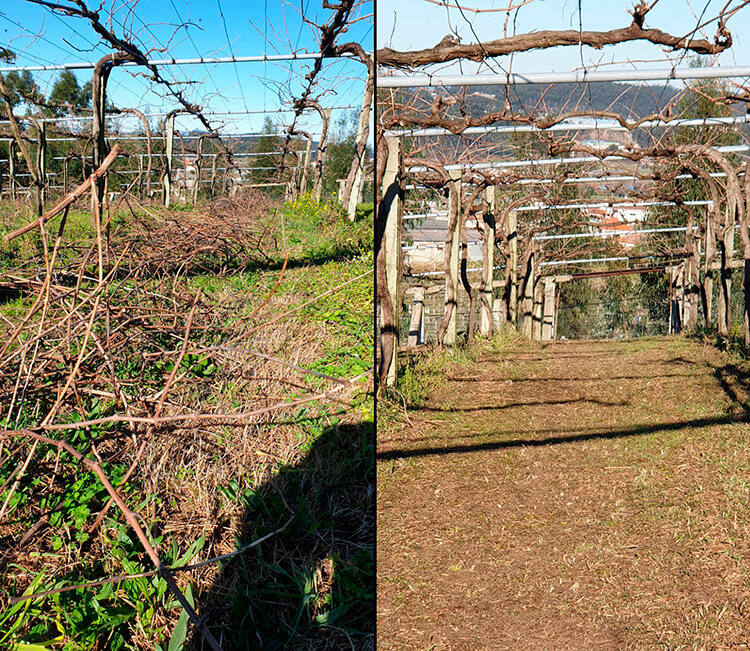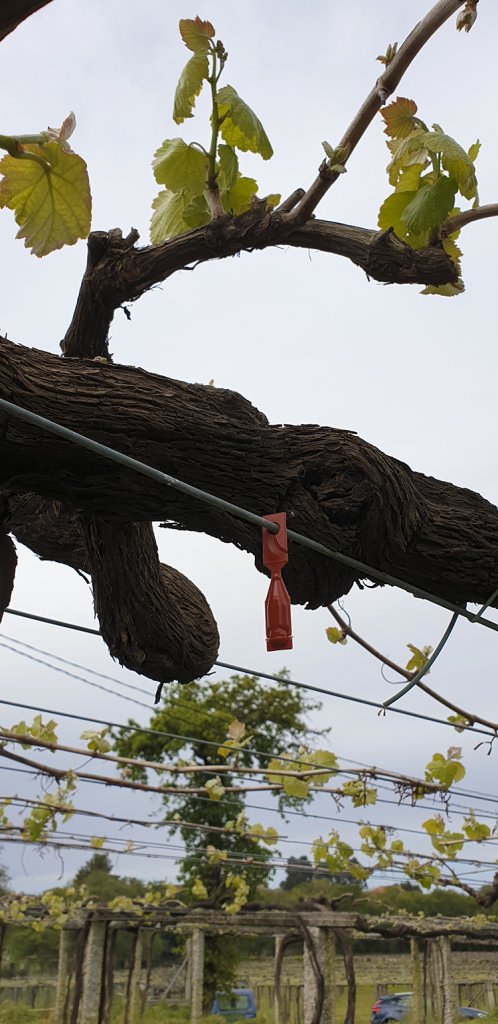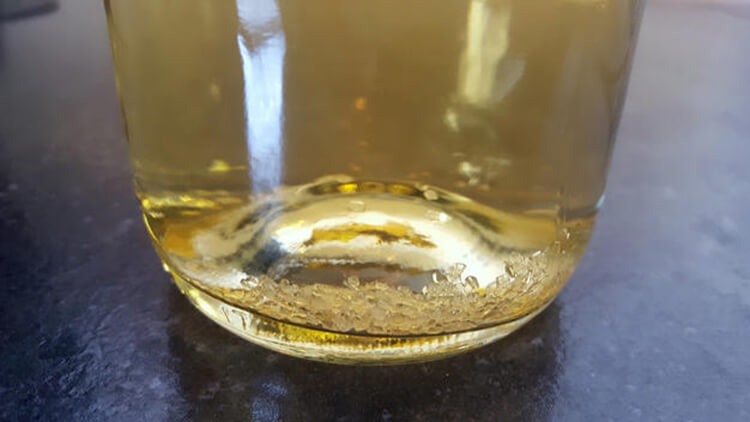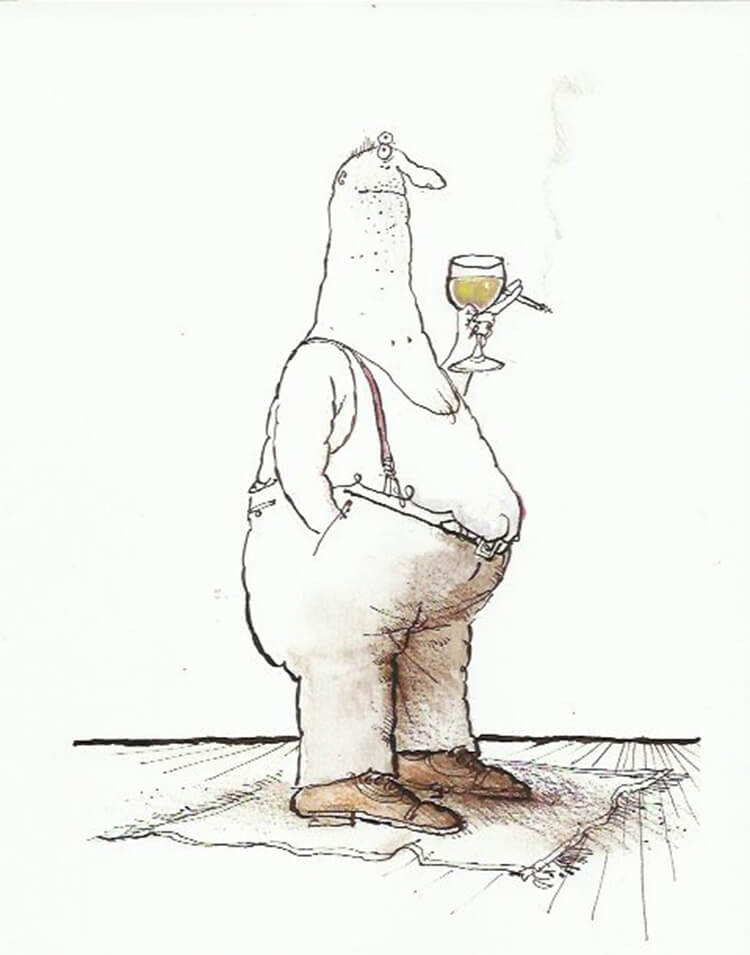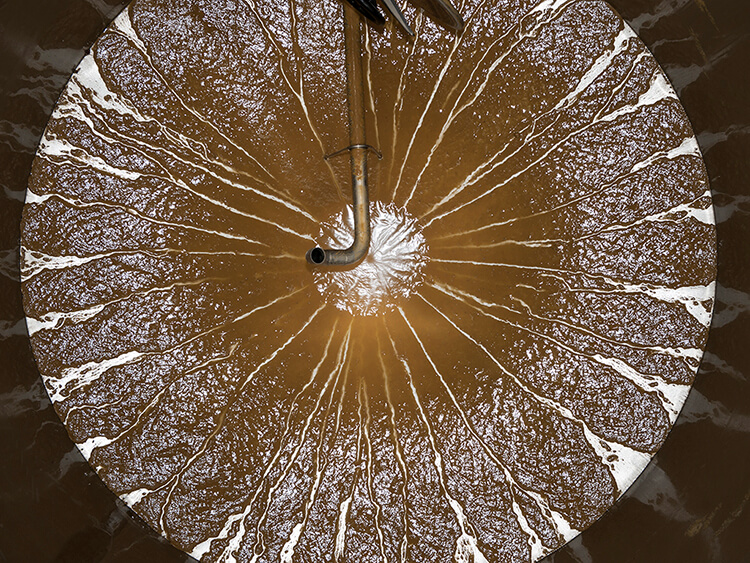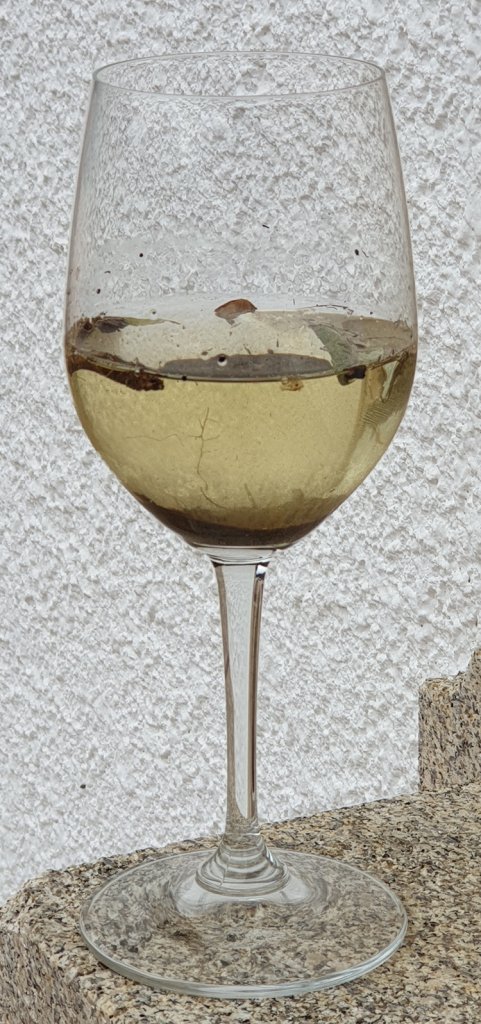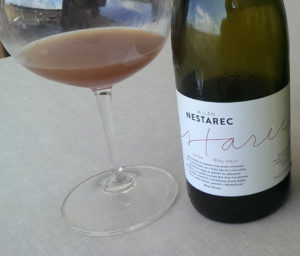Time to rethink the rules?
April 5th, 2022 | Denomination
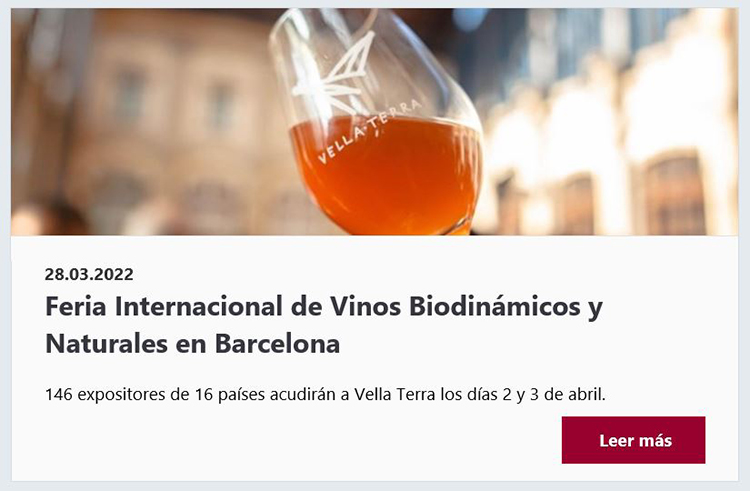
Every tank of wine that we sell is tasted by a panel of local experts at our D.O. offices, before the official Rias Baixas ‘tirilla’ (small strip label) can be issued to endorse the quality of our wine.
Naturally, they use the tried and tested criteria for judging – sight, smell, taste etc. However, these days, in a move towards more natural, biological and biodynamic wines, it could be that one or two of these measurements might have to be reconsidered.
For example, at Castro Martin, in a move towards more natural wine making, some of the processes that we used in the past, have now been shelved. In the case of some of our wines, the process of cold-stabilisation and filtration have been discontinued. Even these simple changes can make a significant difference to the finished bottle. Every time that a wine is moved and undergoes these ‘technical’ processes, a small part of the character of a wine is removed (not to mention the risk of oxidation as a wine changes tanks). Of course, there are downsides. A wine that is not cold stabilised can produce tartrate crystals in the bottle, in much the same way that red wine might throw a small deposit. And whilst any deposit in a bottle might be aesthetically unattractive, in the case of both the red and white wines, they are completely harmless.
In the same way, a wine that is not filtered, might not have quite the same level of ‘polish’ when held up to the light. However, by sacrificing a ‘squeaky clean’ appearance, the wine may well actually taste better! It’s really just about aesthetics (perhaps more than the taste).
So, as an example, when we submit a tank to our D.O. for tasting, if it is not absolutely crystal clear in the glass, then there is a chance that the sample could be rejected, even if it is much better on the palate. Maybe this could be time to rethink the rules a little?



